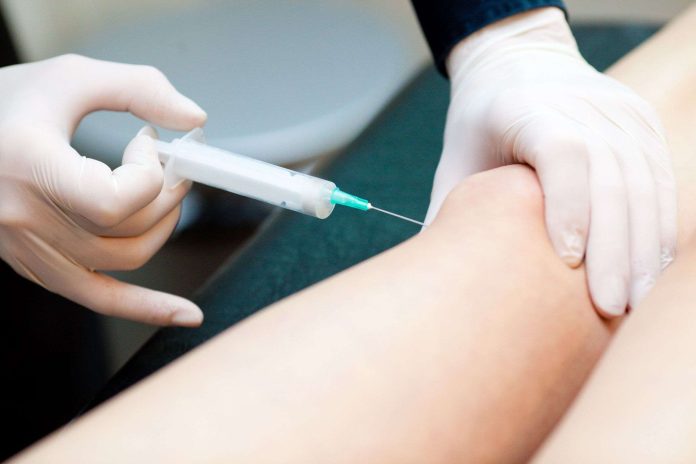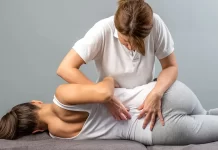Joint injections are a treatment technique that addresses joint infections and injuries. Depending on your condition, they can reduce pain and swelling or improve joint function and mobility. Commonly injected joints include the knee, shoulder, ankle, elbow, hand, feet and base of the thumb. Joint injections Alpharetta can treat inflammatory issues like rheumatoid arthritis, osteoarthritis, gout, tendonitis, and bursitis. Your doctor may recommend joint injections if medications do not relieve joint pain. Most joint injections provide relief temporarily. There are many types of joint injections depending on the specific condition and treatment goals. These injections include:
- Corticosteroid injections
Corticosteroid injections contain a corticosteroid, a type of anti-inflammatory medication that can help reduce inflammation in the joint and provide pain relief. Some have local anesthetic, which provides immediate relief that lasts a few hours. Corticosteroid injections often take a few days to start working, and the effects last a few months. After the injection, the site may be sore for a few days. Your doctor may recommend you use a cold pack for about ten minutes to ease the discomfort.
- Hyaluronic acid injections
Hyaluronic injections contain a substance known as hyaluronic acid, a natural substance found in the joint that helps lubricate and cushion the joint. These injections can help improve joint function and reduce pain in people with osteoarthritis. Doctors mostly use hyaluronic injections if you have knee osteoarthritis that does not improve with painkillers. The injections work well as corticosteroids but may be less effective in older adults or patients with severe osteoarthritis.
- Platelet-rich plasma (PRP) injections
Platelet-rich plasma injections involve your doctor taking a sample of your blood and spinning it in a centrifuge to extract platelets. The doctor then injects the extracted platelets into the affected joint. PRP products heal and repair injuries. The cytokines and growth factors present in platelets encourage healing. Doctors combine PRP with other treatments to treat knee osteoarthritis to help ease pain, improve function, and repair cartilage.
- Stem cell injections
Stem cell injections contain stem cells, which are cells that have the ability to develop into different types of cells in the body. The procedure involves your doctor extracting stem cells from your bone marrow and centrifuging them in a machine to get stem cells and growth factors. Stem cell injections repair damaged cells within your body by reducing inflammation and modulating the immune system. It may take up to one year after the first injection for the treated joint to heal and repair itself.
- Prolotherapy injections
Prolotherapy injections involve your doctor injecting a small amount of an irritant into the affected joint. Dextrose is the most commonly used irritant. Prolotherapy injections relieve pain by stimulating your body’s natural healing ability. For effective results, you will need several injection sessions. Often people receive three to six prolotherapy injections. You can have prolotherapy injections alongside other treatments.
Joint injections treat joint issues like tendonitis, gout, bursitis, or arthritis. They can help relieve joint pain, inflammation, or stiffness, restoring function and mobility. Schedule an appointment at Total Joint Specialists for joint injections to relieve joint pain.



















